
Trans PRK (No touch)
Advantages
Patient friendly, Faster epithelial recovery, Very quick
( 20-30 seconds )
Comparing
to Lasik
Fewer dry eyes
More precision to treat the astigmatism
No flap complications, because there is no corneal flap
The long-term results may even be superior to LASIK !
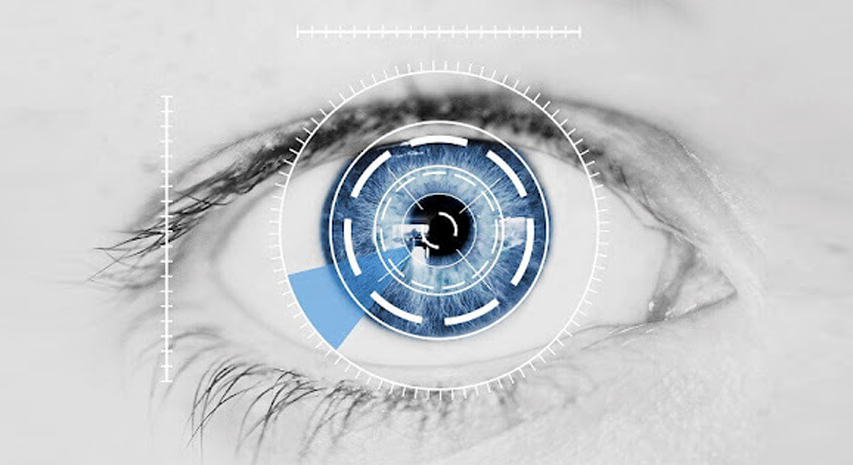
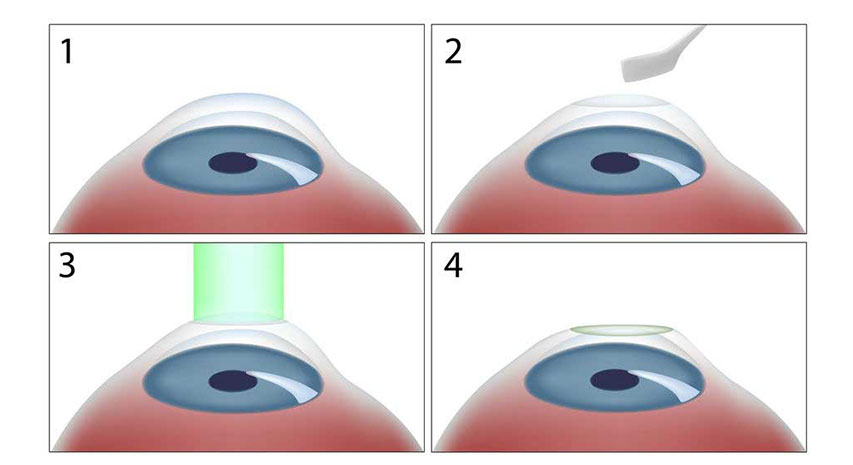
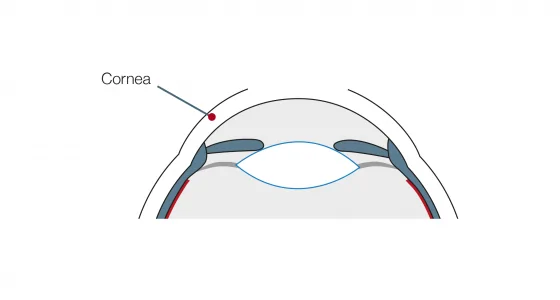
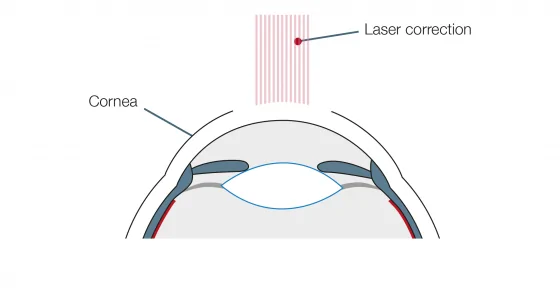
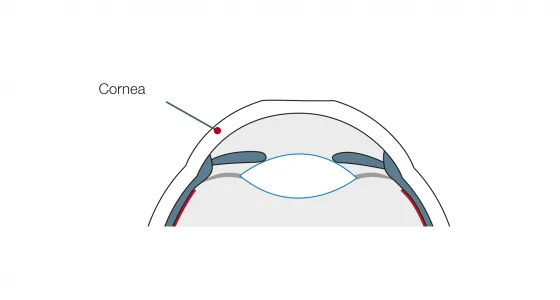
How does the No Touch
Trans PRC work?
In no-Touch-Trans-PRK, the corneal epithelium is first removed using modern laser technology with the excimer laser. Unlike PRK or LASEK, this new method does not use a scraper or the mechanical method.
In the next step, the excimer laser is used to ablate the cornea by a certain thickness – based on the values measured during the preliminary examination. This changes the refractive power of the cornea in such a way that incident light rays now strike the retina correctly bundled – a sharp visual image is created.
FREQUENT QUESTIONS
ABOUT
NO-TOUCH-TRANS-PRK
The answer is no,once the conditions in the eyes are suitable there’s no age limit for laser eye treatments
Halos at night
Epithelial closure delayed
Haze formation
The laser eye treatment takes place in front of the eye on the cornea. Thus, it has no effect on possible cataract treatment and other surgeries.
Your values should be stable for about one year before treatment. If in doubt, come to us and we will check your visual acuity conscientiously.
Equipment
TENEO is the first excimer platform approved in nearly two decades.
Advanced eye-tracker:
The TENEO eye-tracker, which operates at 1,740Hz, is the fastest of all flying spot excimer lasers in the United States.
High-speed laser:
Operating at 500Hz, TENEO has the fastest ablation time of all excimer lasers available in the United States, at approximately 1.2 seconds per diopter.
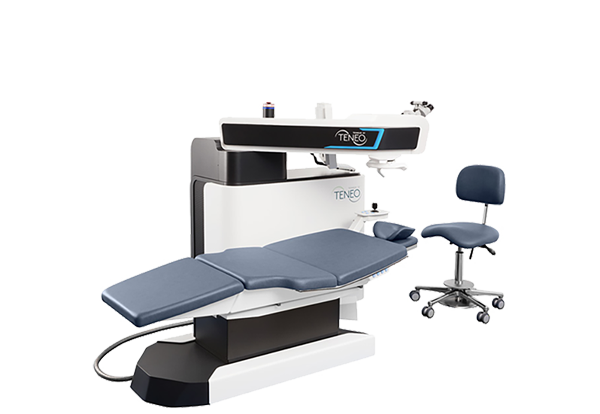
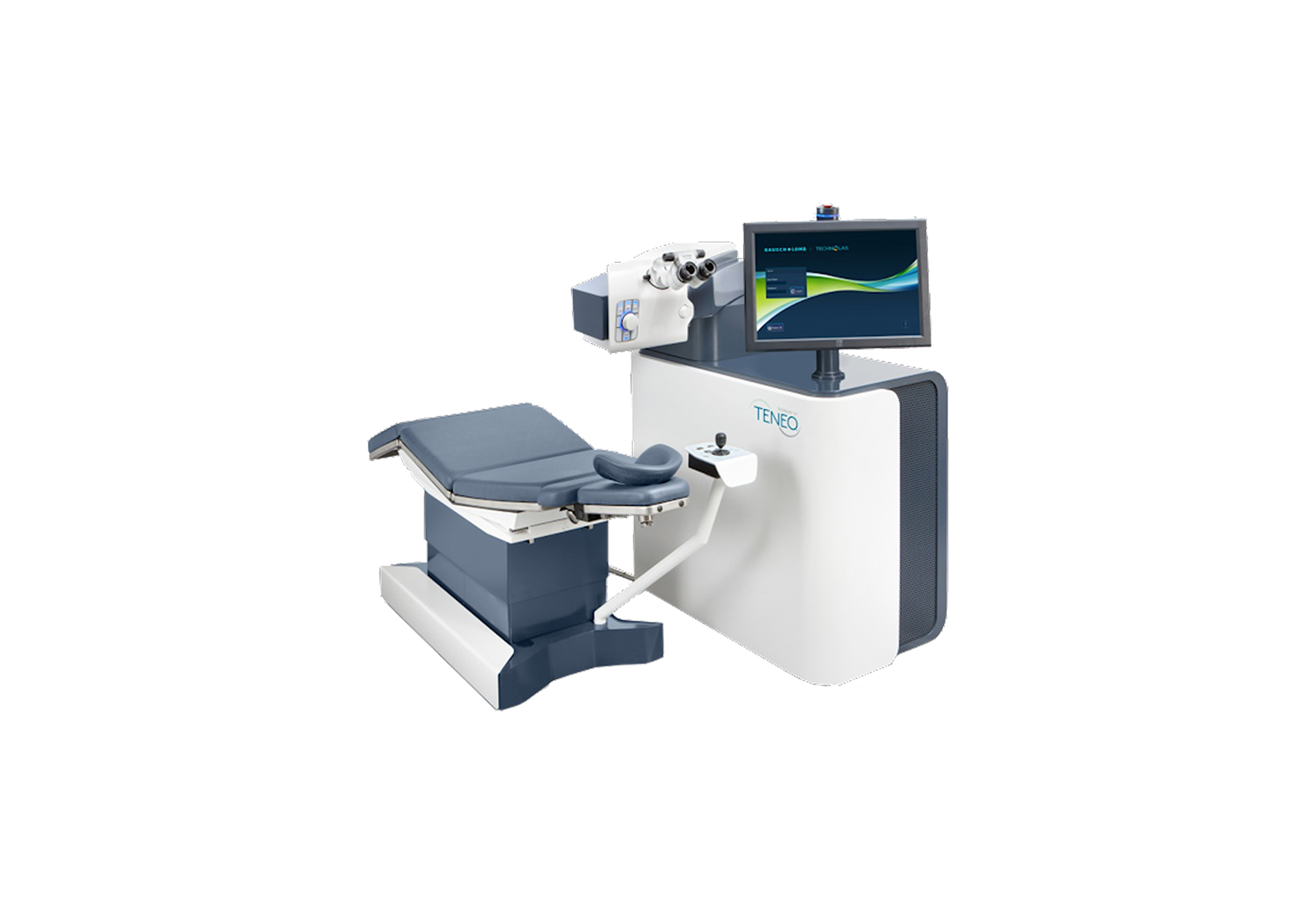
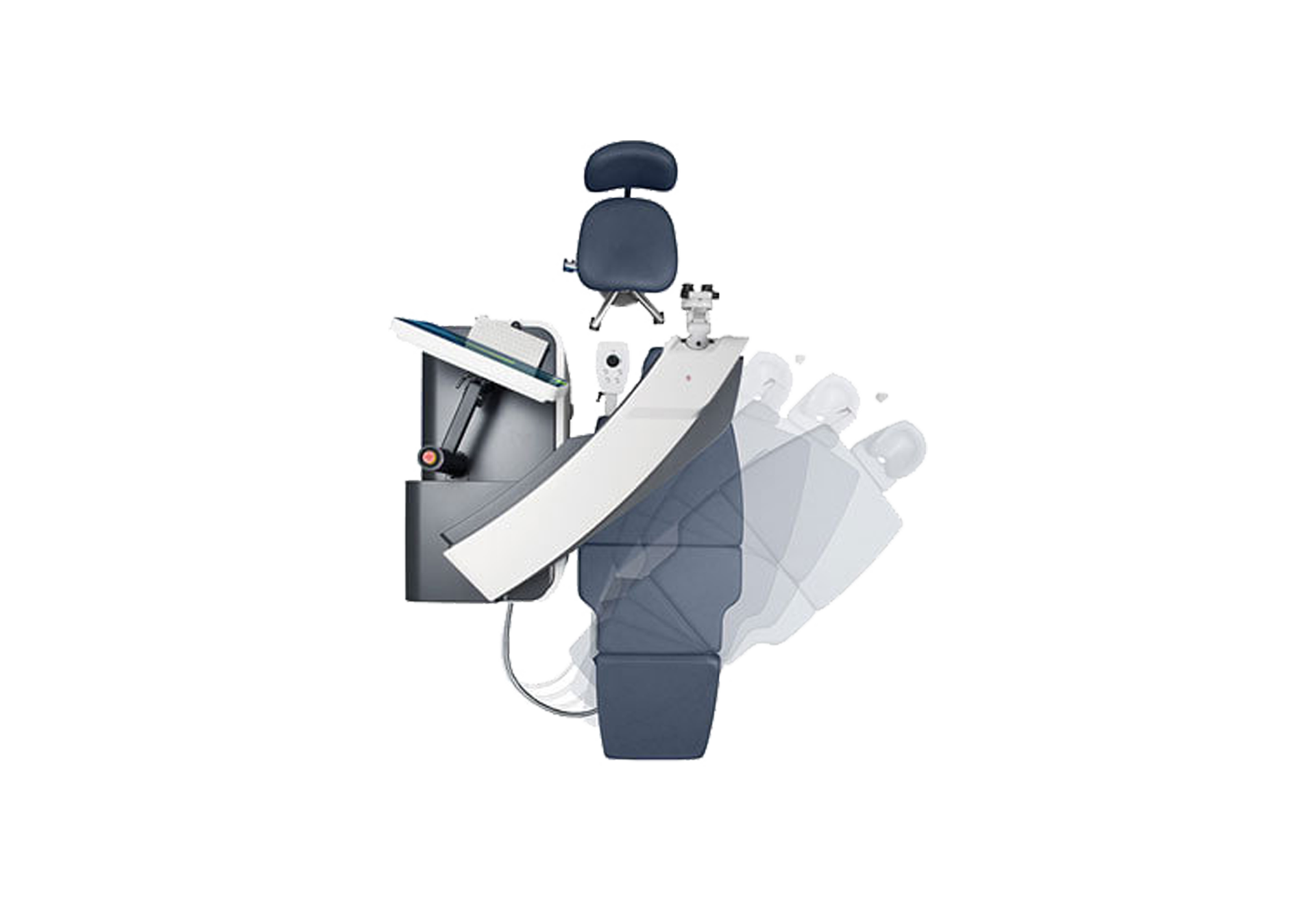
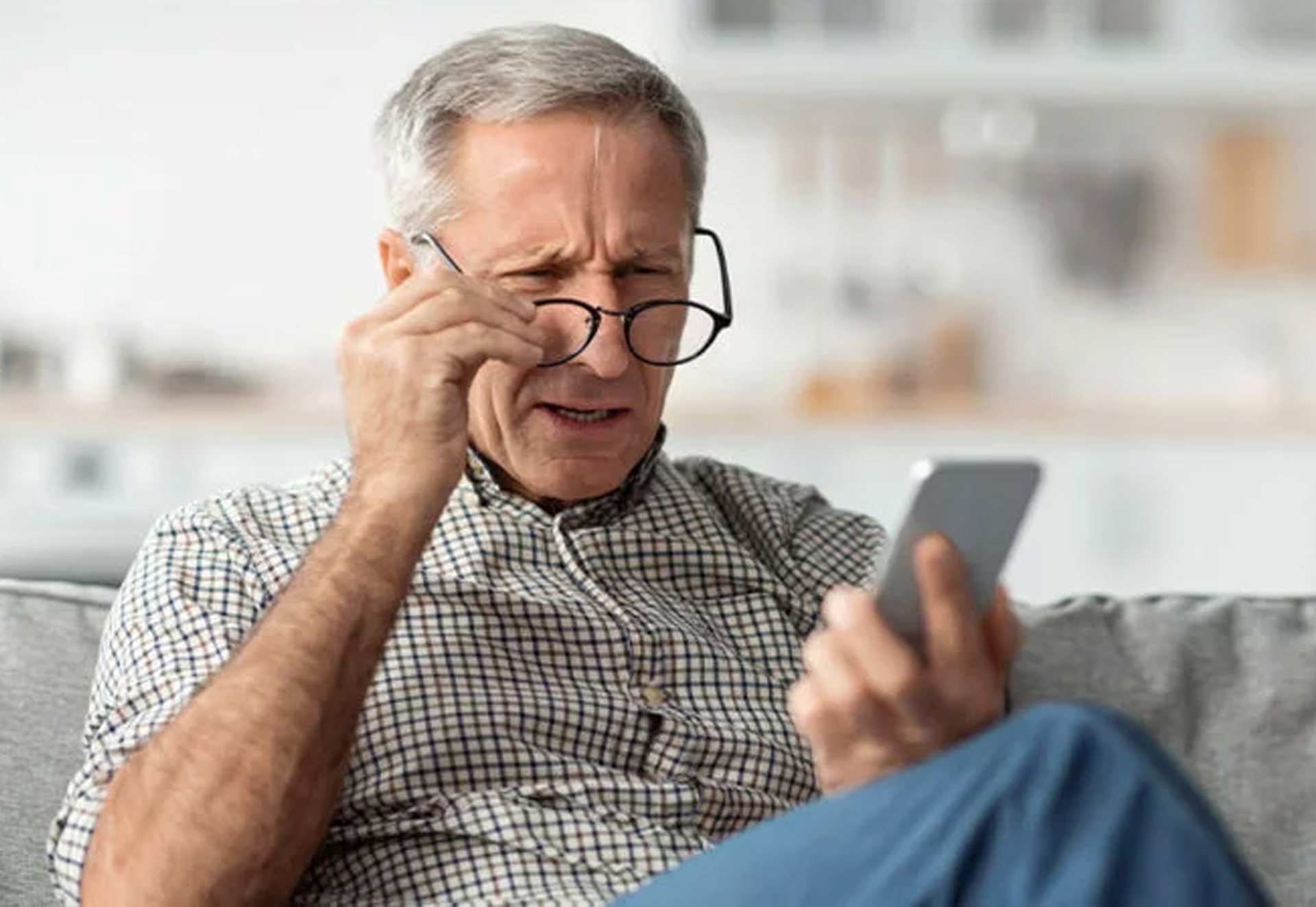
Presbyopia Treatment
OVER 40 YEARS OF AGE
The Problem of Presbyopia
Almost everyone over the age of 40 eventually struggles with the onset of presbyopia (literally, « aging eye »). This is the normal aging process of the eye that makes it harder to focus clearly on close objects. Reading a newspaper or menu, or trying to see your smartphone screen, becomes a challenging and frustrating task
SUPRACOR™ With its unique varifocal design, SUPRACOR provides good near, preserve distant vision, whilst also providing improved vision at all intermediate distances.2 The procedure can be performed bilaterally and allows for enhancements, retreatments and can also be reversed.Ask your doctor FOR ELIGIBILITY
Monovision
How Monovision Works
Most people have a dominant eye (one that you prefer to see with if you had to close one eye). With monovision, the vision in your dominant eye is corrected for distance vision, while your other eye is intentionally left somewhat nearsighted to allow you to see close objects. Both eyes still work together, allowing you to see clearly at any distance. While this way of seeing may sound complicated, many people find they adapt well to this technique. In fact, with both eyes open, they may not be able to tell which eye is set for distance and which is set for near.
Give Monovision a Try
Before You Decide
However, monovision is not for everyone. Some people find they simply cannot adapt to it. This is why eye doctors usually recommend trying monovision with contact lenses first before committing to surgery for presbyopia correction
Important : Monovision technique will gives you freedom from glasses or contacts in the majority of your daily activities (working,watching TV,using smartphone,reading menus, sports activities,driving to/from work less than 1 hour),however you may still need to use reading glasses in certain cases, such as reading small print or notice,long time reading,driving consecutively more than 1 hour ,or seeing the subtitles in a theater !
Pre operative
instructions
-Stay out of your contact lenses at least a week before.
-Please start using artificial tears 5 times a day for better lubrication of your ocular surface.
-On the day of the act, don’t wear makeup.
-Have a good breakfast before coming to the clinic.
-Bring your Treatment Pack with you, you will receive instructions on how to use it as soon as you arrive.
-It is important that you are accompanied to the clinic by a loved one
-Bring sunglasses, you will wear them when you go out
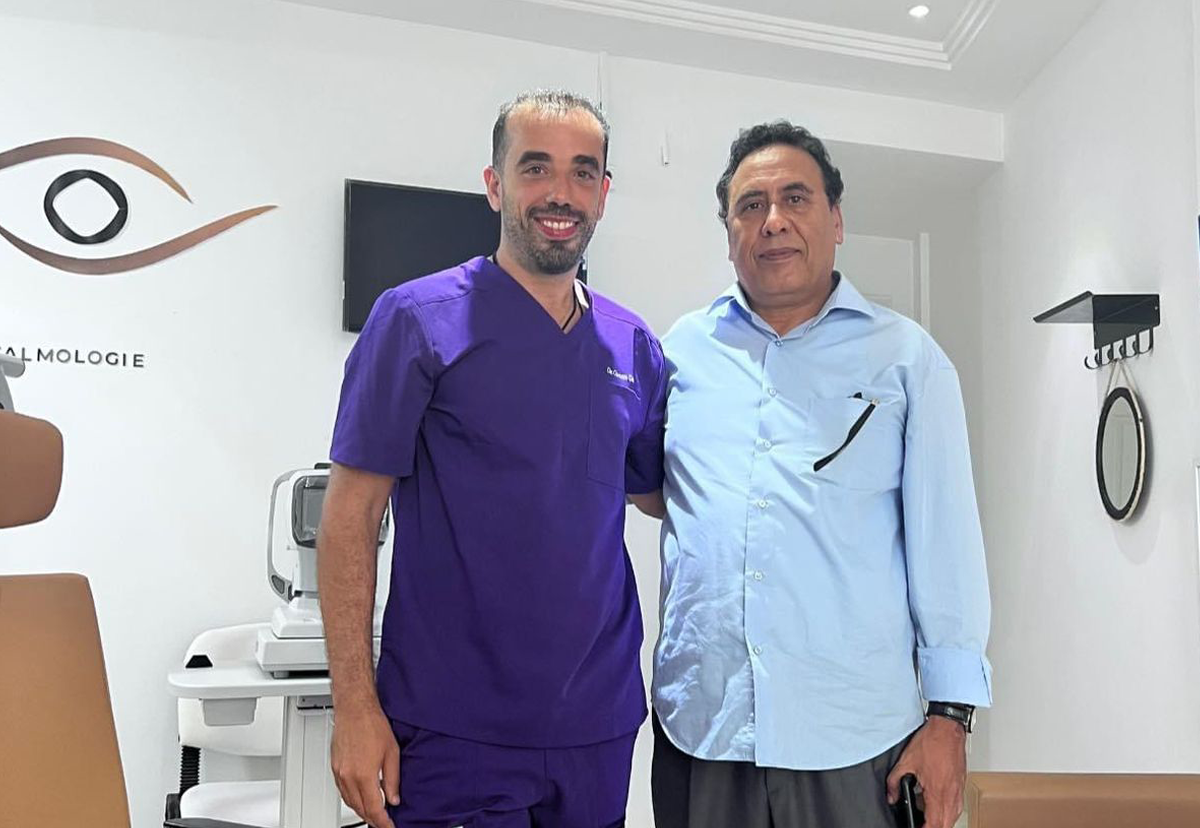
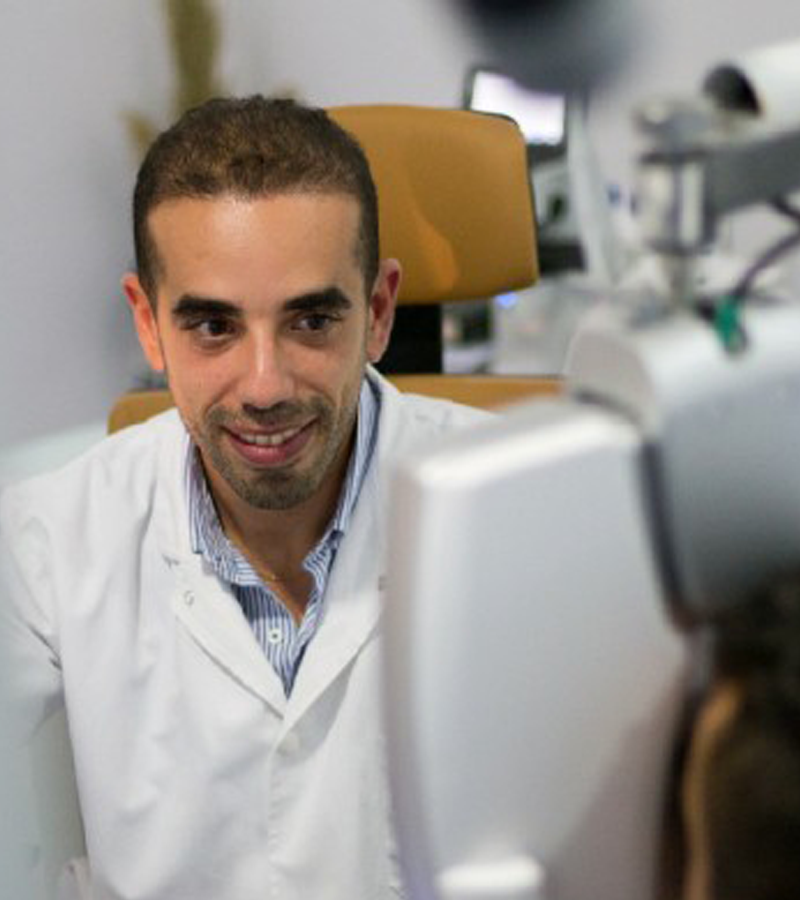
Post operative
instructions
Immediately after the procedure, your eye may burn, itch, or feel like there is something in it.Your vision will probably be hazy or blurry.
In addition, you may experience sensitivity to light, glare, starbursts or halos around lights, or the whites of your eye may look red or bloodshot.
These symptoms should improve considerably within the first few days after surgery. You should plan on taking a few days off from work until these symptoms subside.
The surgery
general surgery
The surgery should take less than 30 seconds !!!. You will lie on your back in a reclining chair in an exam room containing the laser system. The laser system includes a large machine with a microscope attached to it and a computer screen.
A numbing drop will be placed in your eye, the area around your eye will be cleaned, and an instrument called a lid speculum will be used to hold your eyelids open.
All you have to do is to stare at the bottom edge of a red blinking light and this is it you will hear the sound of the laser beam reshaping the cornea and may smell an odor similar to a burning hair.
A soft contact lens without prescription will be placed at the end of the surgery to accelerate the healing process,it will be removed at your first postoperative follow up by the doctor.
Post operative
common questions
When can I go back to work-use screens ?
Your doctor will give you the permission to go back to work once the epithelium is completely healed (USUALLY 5 DAYS AFTER THE PROCEDURE).
When can I go back to sports activity ?
- MILD exercise by day 3-4 (meaning very non-strenuous things that do not cause you to sweat)
- MODERATE exercise after day 7 (meaning things that would make you sweat a bit, no heavy weights)
- NORMAL exercise after day 10 (Except contact sports and swimming which is ok after day 14)
Do I have to wear sunglasses outside ?
The answer is yes,it is recommended for a minimum of 6 months to protect you from UV exposure.
What about makeup and artificial lashes ?
You will be able to perform them once the bandage contact lens is removed,and the doctor confirms that the epithelium is completely healed.
Water exposure ?
- Do NOT take a shower for the 1st 2 days because you will be sleeping in bed the entire time anyway ideally
- On Day 3 you can start to shower but you must face away from the water so it hits the back of your head/body
- You can start to shower normally the day after the BCL is removed, and swim after 14 days
What to do if the BCL falls out prematurely:
- If your skin is not healed it will hurt a lot, so you will have to come in, be evaluated, have lens replaced
- It is NOT SAFE to put the lens back in as the skin of your eye might be folded up so do NOT do this!
What will my Visual Recovery be like?
- Driving: Daytime 5 days and Nighttime 10 days is recommended (This varies by patients and should be discussed with your doctor before surgery)
- You will see close to how you saw in glasses/contacts by 1 week (w. fluctuation & your night vision will lag)
- Your vision will improve slowly, so that by 1 month you should be seeing like glasses/contacts day and night
Things that are NORMAL for the first week post op:
- Irritation, minor discomfort, scratchy feeling, foreign body sensation (bc of BCL), minor redness, watering
- Fluctuating vision, vision that isn’t great until you put in the tears, mild double vision, glare/halos around lights


